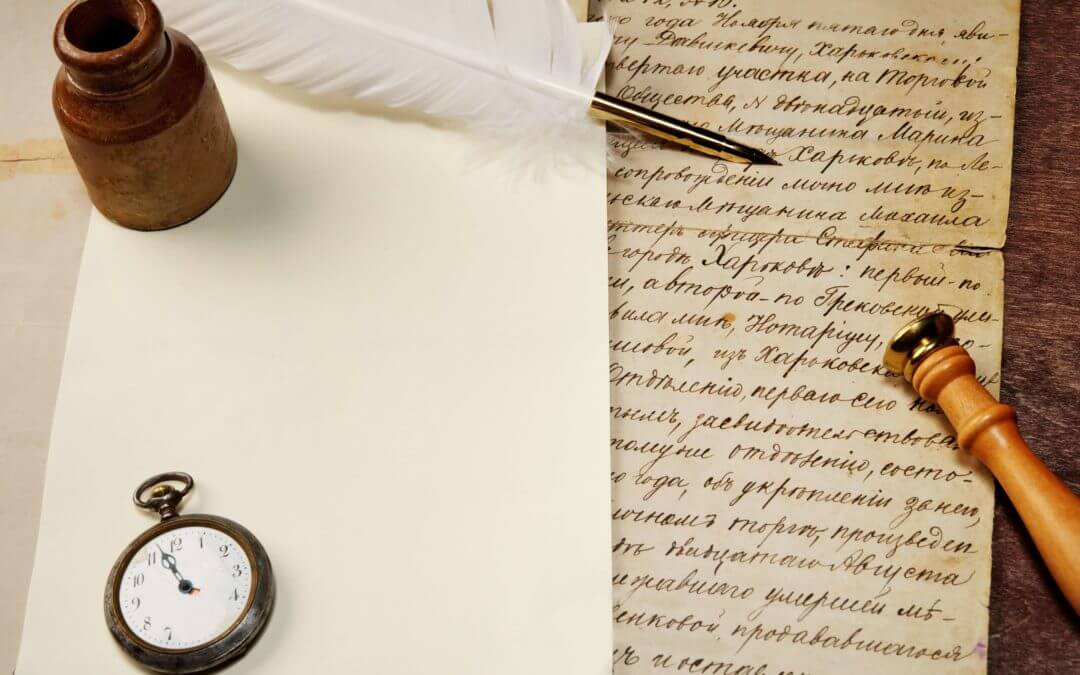When we are helping clients design their Florida estate plan, one of the most common questions that we receive is whether the person should include specific items of tangible personal property in the will itself. Usually, our recommendation is that items of high value, such as art, collectibles, jewelry, or other items, that the person knows that he or she will keep with them until he or she dies can in specifically identified in the will. However, for other types of personal property, we recommend using a separate writing to list the tangible personal property and identify which beneficiary is to receive it.
What is a separate writing?
A separate writing is a document that is kept with a testator’s will that identifies items of tangible personal property owned by testator and the beneficiary that is to receive the item of personal property. Section 732.515, Florida Statutes defines a separate writing as “A written statement or list referred to in the decedent’s (person who died) will shall dispose of items of tangible personal property, other than property used in trade or business, not otherwise specifically disposed of by the will.” Basically, the separate writing is a list of items the testator owns and the people who are to receive them that is referred to in the will and is kept with the will.
What types of property can be listed in a separate writing?
A separate writing can include tangible personal property that is owned by the testator for personal use. Tangible personal property are physical items that you can pick up and move. These items include items such as pictures, household decorations, collectibles, artwork, and other physical items. Things that are not tangible personal property include money, investments, or land. A court will only honor the tangible personal property devises included on a separate writing. If a testator were to include real property, such as his or her home, on the separate writing, it will not be effective.
What are the benefits of having a separate writing?
There are two main benefits of having a separate writing with a will. The first major benefit is that the testator can identify which items of tangible personal property go to each beneficiary. This can avoid conflict during the probate of the testator’s estate when beneficiaries argue over which person receives an item of sentimental value. For example, if the testator knows that one beneficiary is going to really want to keep a family photo album, then the testator can include that the album should go to that specific beneficiary in the separate writing. When the testator’s estate is probated there will be less risk of a dispute because the personal representative will be bound to follow the instructions of the separate writing.
What is required for a separate writing to be effective?
Section 732.515, Florida Statutes includes the elements required for a separate writing to be valid and enforceable in a Florida probate case. For a separate writing to be admissible in a Florida probate court, “the writing must be signed by the testator and must describe the items and the devisees (people who are to receive the items) with reasonable certainty.” Therefore, there are two elements required to make a valid separate writing. First, the writing must be signed by the testator. Second, the testator must describe the items and beneficiaries with reasonable certainty. It is important to make sure that the description of the tangible personal property included with the separate writing is clear. So instead of writing “painting,” a testator should write “the painting of the landscape hanging in the living room.” The first description is impossible to discern which painting the testator is referring to if he or she owns multiple paintings. The second description is more detailed and will clearly lead the personal representative to understand which item the writing is referring to. The more detail, the better. If the work is signed by the artist or has a serial number, that information should be included.
It is also important to remember that the writing must be referred to in the testator’s will. The will must include a statement that tangible personal property is to be distributed according to a separate writing. If there is no statement relating to a separate writing in the will, then the separate writing will likely not be enforceable.
Can a separate writing be changed after it is created?
One of the other benefits to including an item of tangible personal property in a separate writing is that it can be easily changed by the testator. In fact, section 732.515, Florida Statutes specifically states that the writing “may be altered by the testator after its preparation.” If a testator changes his or her mind about an item, the testator can simply shred the old separate writing and create a new one with a different distribution scheme for tangible personal property.
This is different than making a change to distribution of property in a will. In Florida, an amendment to a will, also called a codicil, must be signed with the same formalities as the will itself. This means that the testator must sign at the end and the signing of the amendment must be witnessed by two witnesses. A testator can change a separate writing pretty much whenever hsi or she wants to. A change to a will needs to be planned because of these requirements.
Contact us today to schedule a free estate planning consultation.
If you would like to create an estate plan or possibly make changes to your existing estate plan, contact us today to schedule a free consultation. During our consultation, we will review your existing estate plan, make recommendations for you to achieve your estate planning goals, and answer any questions you may have. We include a provision for a separate writing with all of our wills and we will explain to you the best way to use it.

